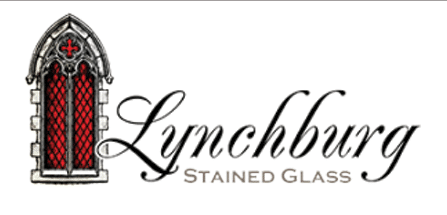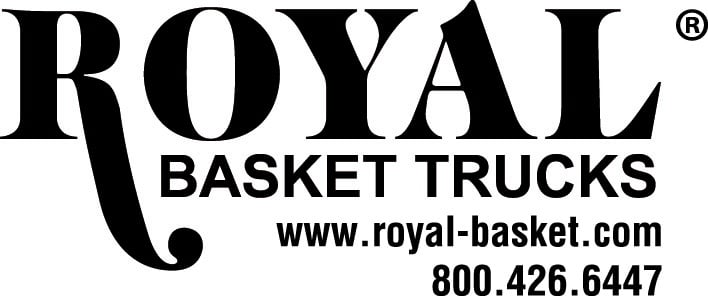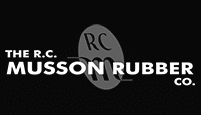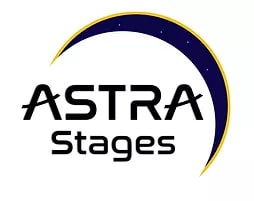Flooring will be one of the most important finishes in your new church building. Modern manufacturing processes have produced some great new options, but that doesn’t mean you should pass by one of the most traditional and (especially recently) versatile flooring options: carpet.
Advantages of Carpet
Put simply, carpet is quieter and more affordable than hard surfaces. And, because carpet offers many design options, you can still make a bold statement with your flooring.
What’s more, depending on your climate, a walk-off carpet is especially practical in your entryway to help clean the bottom of shoes off before they get to your other flooring.
When it comes to selecting carpet (aside from specialty products like walk-off carpeting), there are really two options: tile and broadloom.
Carpet Tile – The Modern Option
Carpet tile is typically 24 x 24-inch carpet pieces that can be laid in a variety of directions and create an assortment of patterns.
Recently, carpet tile has really taken the industry by storm. Manufacturers have embraced the demand, producing it in different sizes and dimensions, as well as patterns – it means there’s a lot of interesting things you can do with carpet tile.
Geometric tile patterns like these can be used to soften the effect of individual tiles and create a dynamic look for your space:
Another reason to choose carpet tile is that it’s much more “stain friendly” than broadloom. Because of the nature of the backing, spills that stain, stay on top of the carpet and don’t leak through to underneath the carpet – a key for clean-ability.
Even if you have an area that’s stained or badly damaged, you can easily replace the affected tile. (But remember, if a spill happens, it will likely be in the middle of the floor – you’ll probably want to shuffle around older tiles first, because a brand spanking new tile in the middle of your floor may be more obvious and offensive than the stain was to begin with).
We recommend you order 5% attic stock so you have extra tiles available in the event you need them.
Broadloom Carpet – The Traditional Option
For most people, broadloom carpet is what you think of when you think “carpet.” It typically comes in 12-foot wide rolls. This allows for a much larger scale of pattern than carpet tile does.
There isn’t much of a price difference between broadloom and carpet tile, so choosing broadloom often comes down to personal preference – some people just don’t like the look of a carpet tile floor.
If you choose broadloom carpet, consider adding a moisture barrier backing to help keep spills on top where you can get to them.
Depending on your church’s vision and the types of ministry your church building will offer, you really just need to determine what works best for you.
Carpet Lifetime Considerations
When choosing your carpet options, it’s also important to consider quality as well as warranties. All carpet will stain, but there are products out there that have stain-resistant properties that will help release the stain, making it easier to remove.
Stain-resistant carpets, while more expensive, will extend the usable life of your flooring, since you’ll be able to treat stains rather than replace the carpet.
Carpet warranties vary widely. Some can cover delamination (the front and back of the carpet coming apart from one another), edge ravel (the yarn raveling at the edge), and zippering (the same as edge ravel, but in the middle of the carpet).
Ideally, you’ll find a product that has warranties against all of those things. If your budget requires you to choose a lower-grade commercial product that doesn’t have these warranties, it’s likely the life expectancy of your carpet choice will be shorter.
This article is courtesy of McKnight Group, which specializes in the church architecture, design, and construction of multi-ministry buildings that work, www.mcknightgroup.com.














